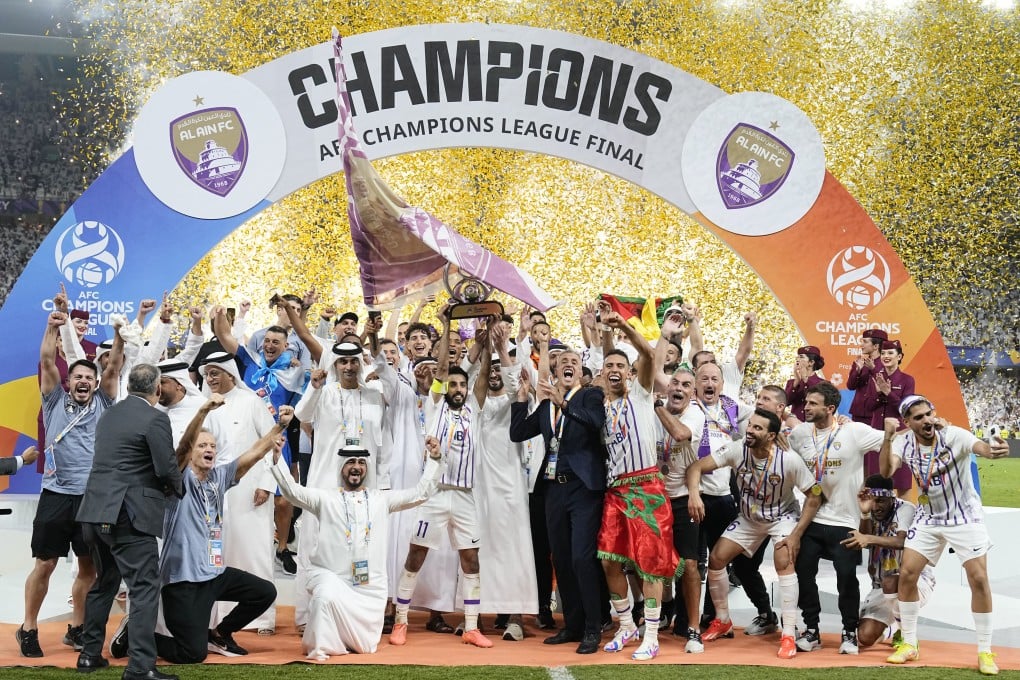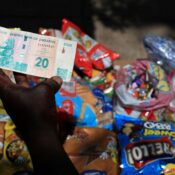
New Asian Champions League aims to prioritize excellence above quantity
According to the highest-ranking official of the Asian Football Confederation (AFC), the restructured Asian Champions League Elite would have a significant impact on attracting new investment in clubs across the continent. This initiative is part of the AFC’s vision to rejuvenate the sport in the area.
On Monday, the highest level of the restructured competition will commence with a reduced field of 24 teams, down from 40. This elite group will include the champions of Japan, Saudi Arabia, South Korea, and China, as well as the title holders Al-Ain from the United Arab Emirates.
Participation begins with a fresh structure, trophy, and emblem, along with a threefold increase in the amount of money accessible to the newly crowned champions, who have the potential to receive up to $12 million following the May 4 final.
“The rationale behind the overhaul was to guarantee the presence of high-quality matches, rather than just a large number,” stated Windsor John, the general secretary of the governing body, in an interview with Reuters.
“The previous tournament featured 40 teams and a substantial number of matches.” The emphasis on quality has been driven by our objective to attract Asian investors and foreign investors to invest in Asian clubs.
“We are informing them that we have exceptional players, therefore we advise them to participate in our competitions and make investments in our clubs.”
“We are also conveying to players that there are elite teams contesting, and they have the opportunity to participate in highly competitive matches at this venue.”
The AFC has been administering continental club competitions since 1967. In 2002, the Asian Champions League was established with the aim of promoting the growth of professional leagues that originated in South Korea, Japan, and other countries.
In 2021, the group phase expanded to include 40 clubs. However, a revision in priorities resulted in a reduction of the top tier to 24 teams, along with the establishment of a second-class competition called the 32-team Asian Champions League Two.
“After many years, it was necessary to reassess the competition,” John stated.
We aim to engage individuals, beyond the Asian region, in discussions on our competitors. Careful examination of the entire package is necessary. It is anticipated that this will propel club football to progress.
According to John, the transition from the previous structure, which saw 10 four-team groups each competing against each other both at home and away, will introduce essential diversity.
The latest version of the game employs the Swiss League structure, where clubs are divided into 12-team leagues in both east and west Asia. Each team will face eight different opponents following a draw facilitated by computer algorithms.
Top eight teams in each league will go to the elimination rounds in March. The quarter-finals, semi-finals, and final matches will take place in a centralized tournament in Saudi Arabia in April and May.
“The new format offers a total of eight distinct combinations,” stated John. Previously, there were only three teams, and each team had to compete against each other twice. From a sports perspective, this implies that each encounter will offer a thrilling experience.
All Categories
Tags
+13162306000
zoneyetu@yahoo.com


